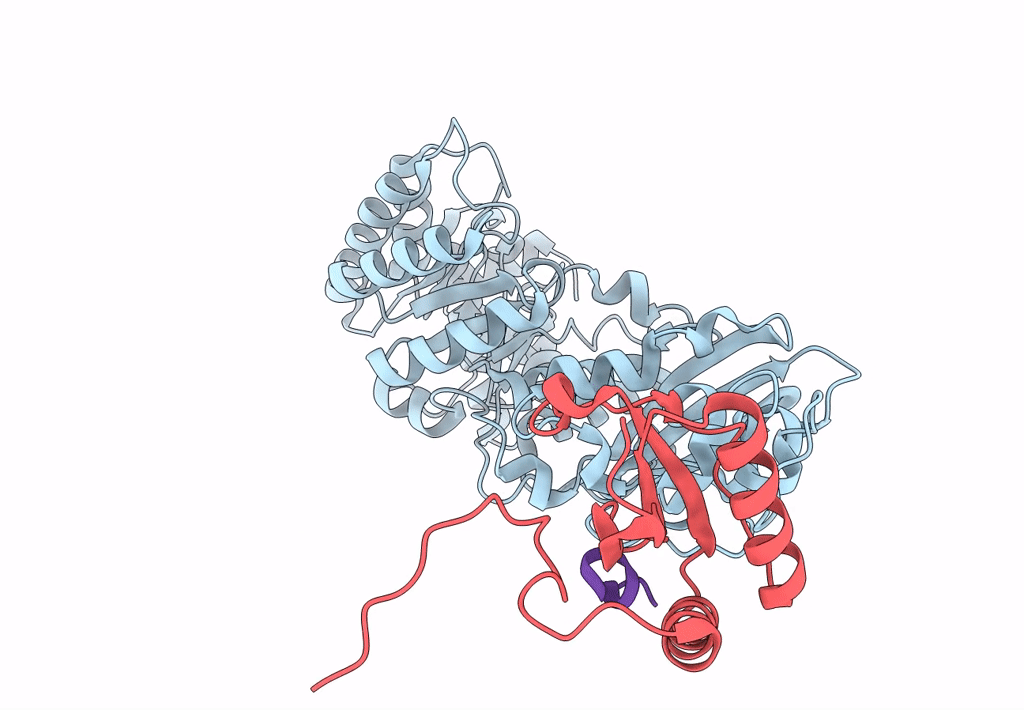
Deposition Date
2021-10-26
Release Date
2023-05-24
Last Version Date
2023-11-01
Entry Detail
PDB ID:
7SMK
Keywords:
Title:
H. neapolitanus carboxysomal rubisco/CsoSCA-peptide (1-50)complex
Biological Source:
Source Organism:
Host Organism:
Method Details:
Experimental Method:
Resolution:
1.98 Å
Aggregation State:
PARTICLE
Reconstruction Method:
SINGLE PARTICLE


